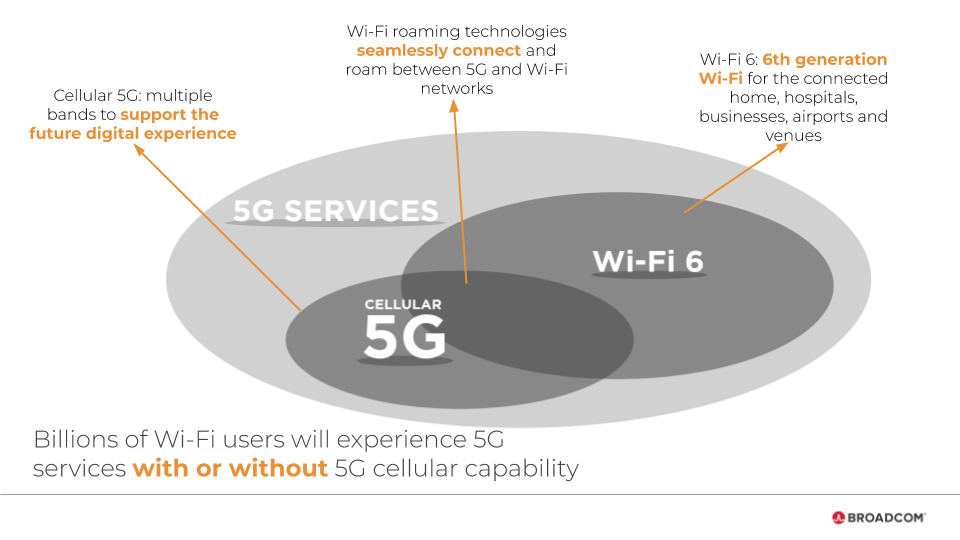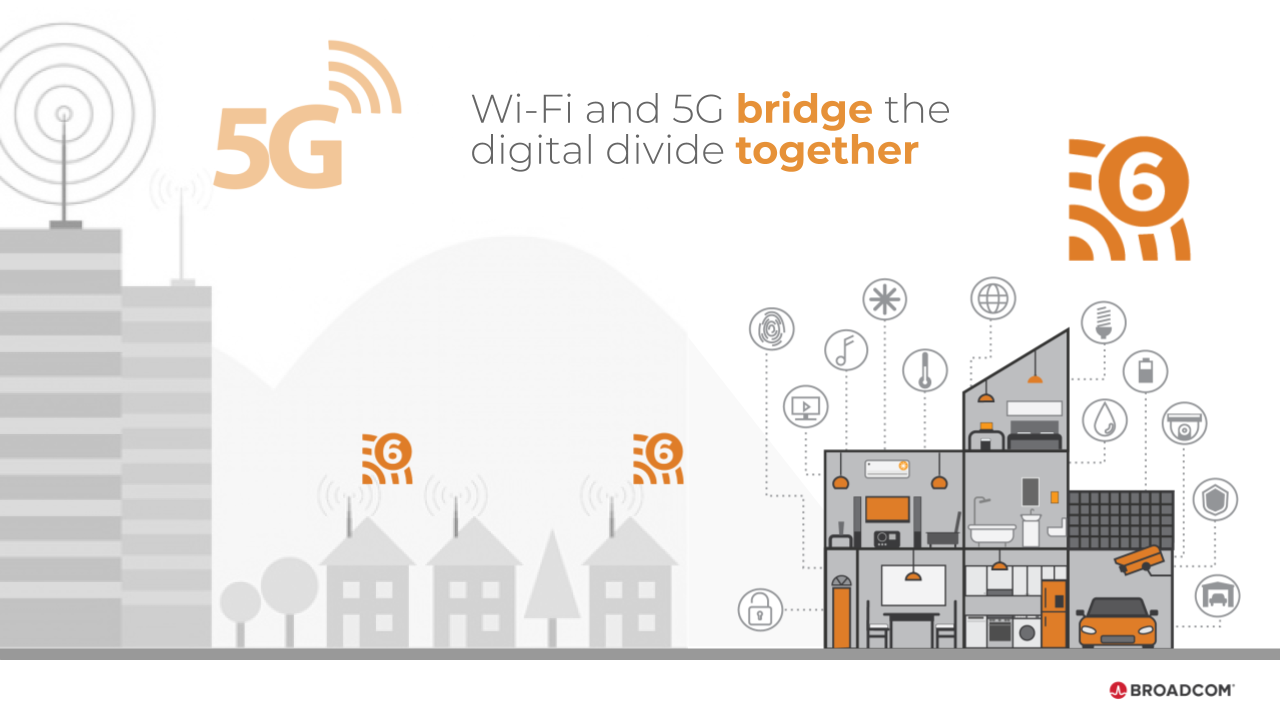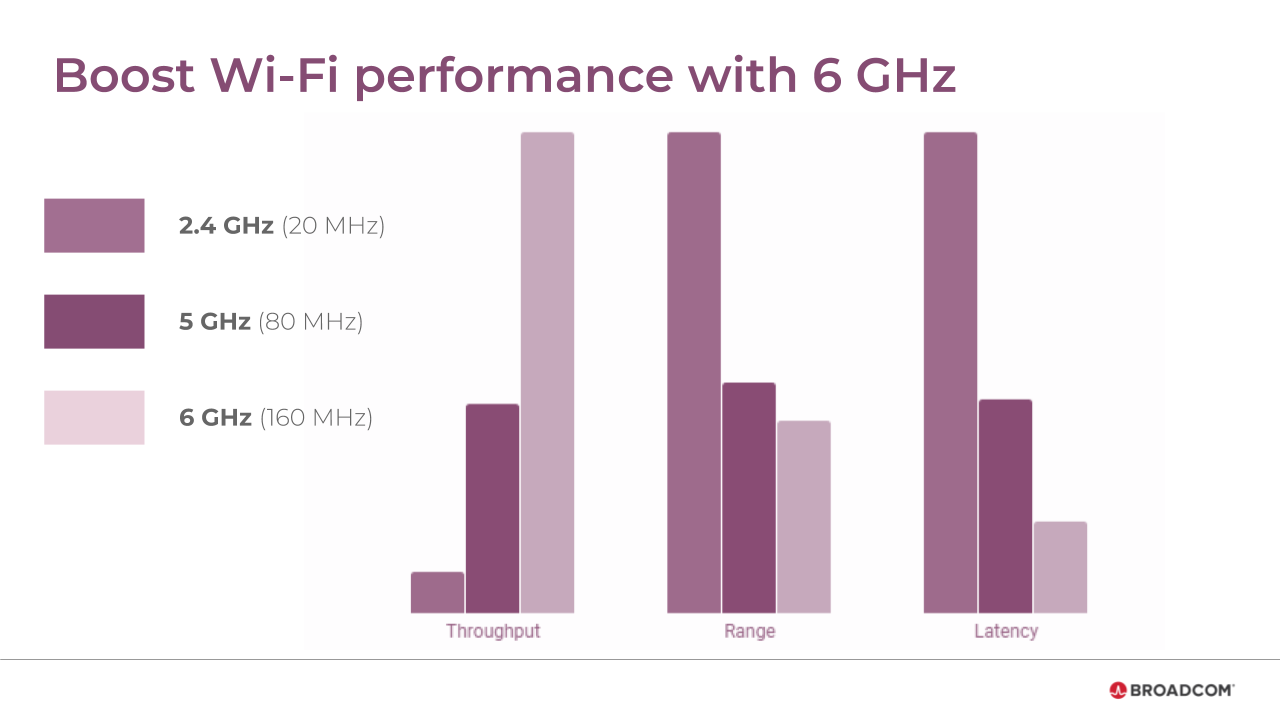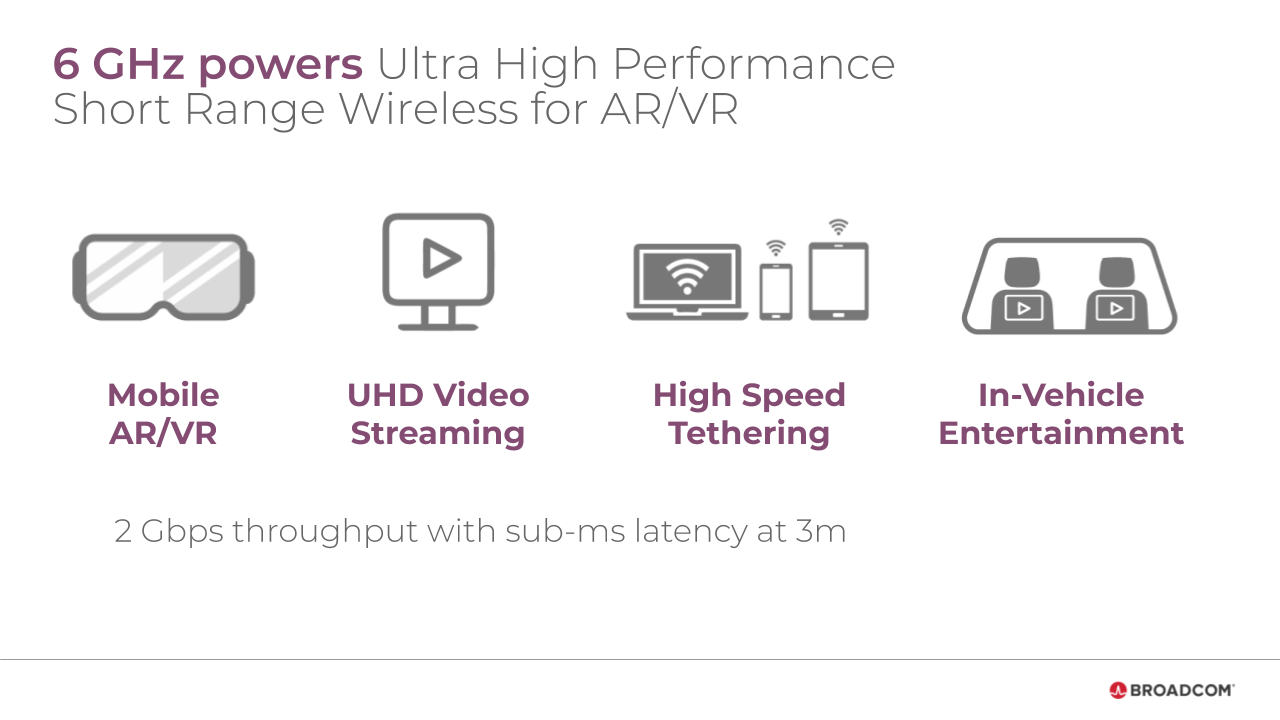 Wi-Fi Alliance® continues its #20yearsofwifi blog series with a guest post from Broadcom. This series celebrates the amazing success of Wi-Fi® over the last two decades. Throughout the series, we will be showcasing Wi-Fi leaders and companies that have helped drive Wi-Fi globally. Be sure to follow Wi-Fi Alliance on social media – Twitter, Facebook, and LinkedIn – to make sure you don’t miss one!
Wi-Fi Alliance® continues its #20yearsofwifi blog series with a guest post from Broadcom. This series celebrates the amazing success of Wi-Fi® over the last two decades. Throughout the series, we will be showcasing Wi-Fi leaders and companies that have helped drive Wi-Fi globally. Be sure to follow Wi-Fi Alliance on social media – Twitter, Facebook, and LinkedIn – to make sure you don’t miss one!
Can you discuss some of the key moments in the evolution of Wi-Fi over the last 20 years?
20 years ago, Wi-Fi disrupted the way we all thought about connectivity. Wi-Fi untethered us from our desks, brought connectivity out into the world, fueled our economy and enabled the many applications and use cases that are vital for businesses today.
From a consumer perspective, I see two key turning points for Wi-Fi. The first came in 1999 with the inclusion of Wi-Fi chips in Apple’s 1999 iBook. From then on, your computer could travel with you. The second came nearly a decade later when the iPhone first included Wi-Fi alongside 3G connectivity— tying cellular connections and Wi-Fi together. This kicked off a boom in Wi-Fi traffic that hasn’t slowed down since.
Today, we are at a key inflection point with the roll-out of Wi-Fi 6. At Broadcom, we are thrilled to provide the Wi-Fi chips that fuel this next generation of connectivity, powering residential and enterprise access points and the first-of-its-kind Wi-Fi 6 smartphone, the Samsung Galaxy S10. The sixth generation of Wi-Fi is designed to meet the needs of our connected future. It delivers faster speeds, eliminates network congestion, makes live streaming seamless, and uses less battery on devices. It will simply work, no matter how many devices are connected.
What were some of the original use cases supported by Wi-Fi, and what are some of the most exciting use cases for Wi-Fi coming in the future?
Early Wi-Fi supported things like cash registers, desktops, laptops, and later, smartphones and tablets. Today, Wi-Fi fuels our smart homes, from 4K TVs to virtual reality headsets to Nest cameras and smart refrigerators. And perhaps more importantly, it provides the backbone for entire connected systems in warehouses, hospitals, airports, convention centers and stadiums. Wi-Fi 6 was designed to connect a huge number of Internet of Things (IoT) devices simultaneously, so the use of Wi-Fi for these large-scale use cases will only continue to proliferate as Wi-Fi 6 continues to roll out.
One such enterprise Wi-Fi success story took place last month at the U.S. Open. At Broadcom, we were so excited to work with Cisco to create the world’s first “connected golf course.” Wi-Fi 6 routers fueled by Broadcom’s Wi-Fi chips created a seamless connected experience for attendees, allowing golf fans to upload and download video, track players, and follow the conversation on social media in real-time. This is just a small glimpse of what the future of Wi-Fi enterprise networks will look like.
What are some of the ways which Wi-Fi will be an enabler of 5G services?
5G needs Wi-Fi. It's not an either/or question. Wi-Fi 6 and 5G will work in tandem to create the wireless ecosystem of the future.

80% of mobile traffic runs over Wi-Fi, and this will only increase with the advent of 5G. Much of this traffic will result from increased offloading from cellular networks onto Wi-Fi. By 2022, Cisco estimates that total data offload to Wi-Fi will increase from 74% to 79%. The message here is clear—Wi-Fi 6 hits all the right notes for 5G.
Wi-Fi also substantially reduces the cost of providing 5G coverage. In fact, total cellular 5G deployments can be 10x times less expensive when operators combine Wi-Fi and cellular connectivity. With speeds up to 10 Gbps, low latency, power efficiency, higher capacity and more coverage, Wi-Fi 6 has the capabilities to deliver most 5G services.
Wi-Fi will also continue to be the primary way that we connect indoors and in dense environments because of the airwaves themselves. Some 5G cellular signals will run over mm-wave airwaves, but these higher frequencies have high signal loss and are sensitive to obstruction by buildings, foliage, rain and even the human body. Because of this, 5G deployment will require building an extremely dense network of small cells, which will take time and extensive resources. Wi-Fi will pick up where cellular 5G leaves off, delivering seamless high-speed connectivity indoors and in other crowded environments.
Together, Wi-Fi and 5G can help bridge the digital divide. Wi-Fi 6 is available now and ready to offer the stability and seamlessness needed to support 5G deployment.

Why is the 6 GHz band important for the future of Wi-Fi?
The 6 GHz band is the answer to the spectrum crunch and is key to supercharging the next generation of connectivity, with wider bandwidth, more spectrum and lower latency. This swath of spectrum is perfectly positioned in the mid-band and adjacent to the widely-used 5 GHz band. Opening this 1.2 gigahertz of spectrum for unlicensed use will give Wi-Fi 6 wider bandwidth—up to 14 more 80 MHz channels and seven more 160 MHz channels. It will also reduce latency to less than 1 millisecond, unleashing the full power of Wi-Fi 6 for speed and connectivity.

Because the operating characteristics are similar in the 5 and 6 GHz bands, existing 5 GHz networks could be easily upgraded to operate in the 6 GHz band as well. This means that super fast 6 GHz technology can be put into operation fairly quickly once the spectrum is freed up for Wi-Fi. Additionally, opening up the full band will also accelerate 5G deployment, since unlicensed spectrum will carry a huge amount of 5G offloading.
But for the 6 GHz band to support all the benefits of Wi-Fi 6 and 5G, it's important that we work together to establish rules so that consumers will fully reap the benefits, particularly for low-power indoor operations.
How will consumers benefit from opening up the 6 GHz band?
Wi-Fi running over the 6 GHz band will provide the fastest Wi-Fi connectivity with the lowest latency to consumers. In turn, this will enable a whole host of benefits, including:
- Seamless streaming, AR/ VR and gaming: Videos and gaming require low latency for a seamless experience; this will only increase as AR and VR games become more immersive. Wi-Fi running in 6 GHz ensures the reliable delivery of traffic from a smartphone to a VR headset. Buffering will be a thing of the past.
- Work from home: With 6 GHz, enhanced unified communications like video conferencing and app sharing will enable far more productive collaboration between colleagues. This, in turn, will make remote offices as productive as a traditional office, enabling more flexible workplace arrangements for employees.
- Higher-resolution experiences: Cloud apps and services—from streaming and gaming to software as a service— will have extremely high-resolution pixelization, rendering rich and vibrant experiences that are much closer to reality.

With the possibility of 6 GHz and the arrival of Wi-Fi 6, it’s such an exciting time for Wi-Fi for all consumers!
The statements and opinions by each Wi-Fi Alliance member and those providing comments are theirs alone, and do not reflect the opinions or views of Wi-Fi Alliance or any other member. Wi-Fi Alliance is not responsible for the accuracy of any of the information provided by any member in posting to or commenting on this blog. Concerns should be directed to info@wi-fi.org.




Add new comment